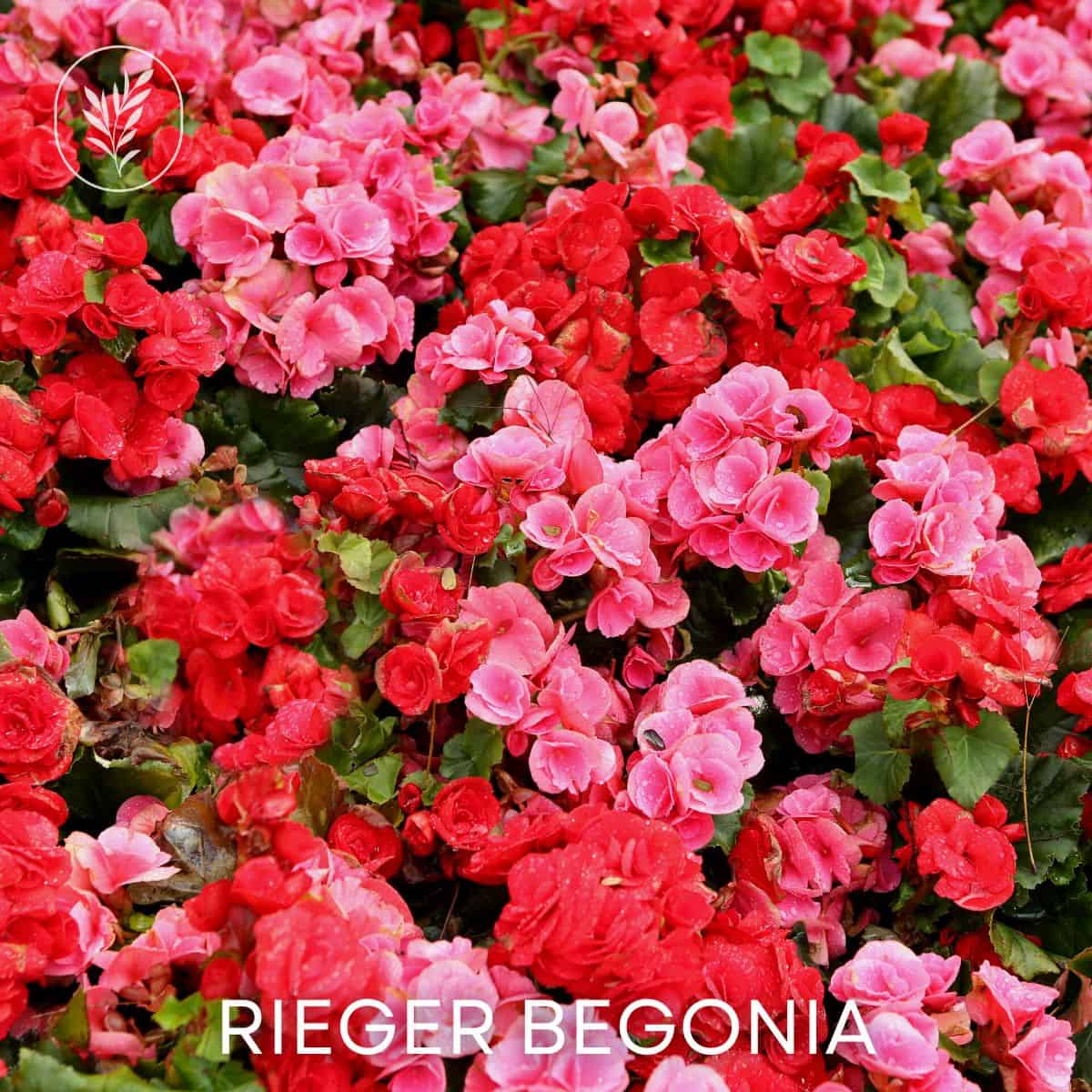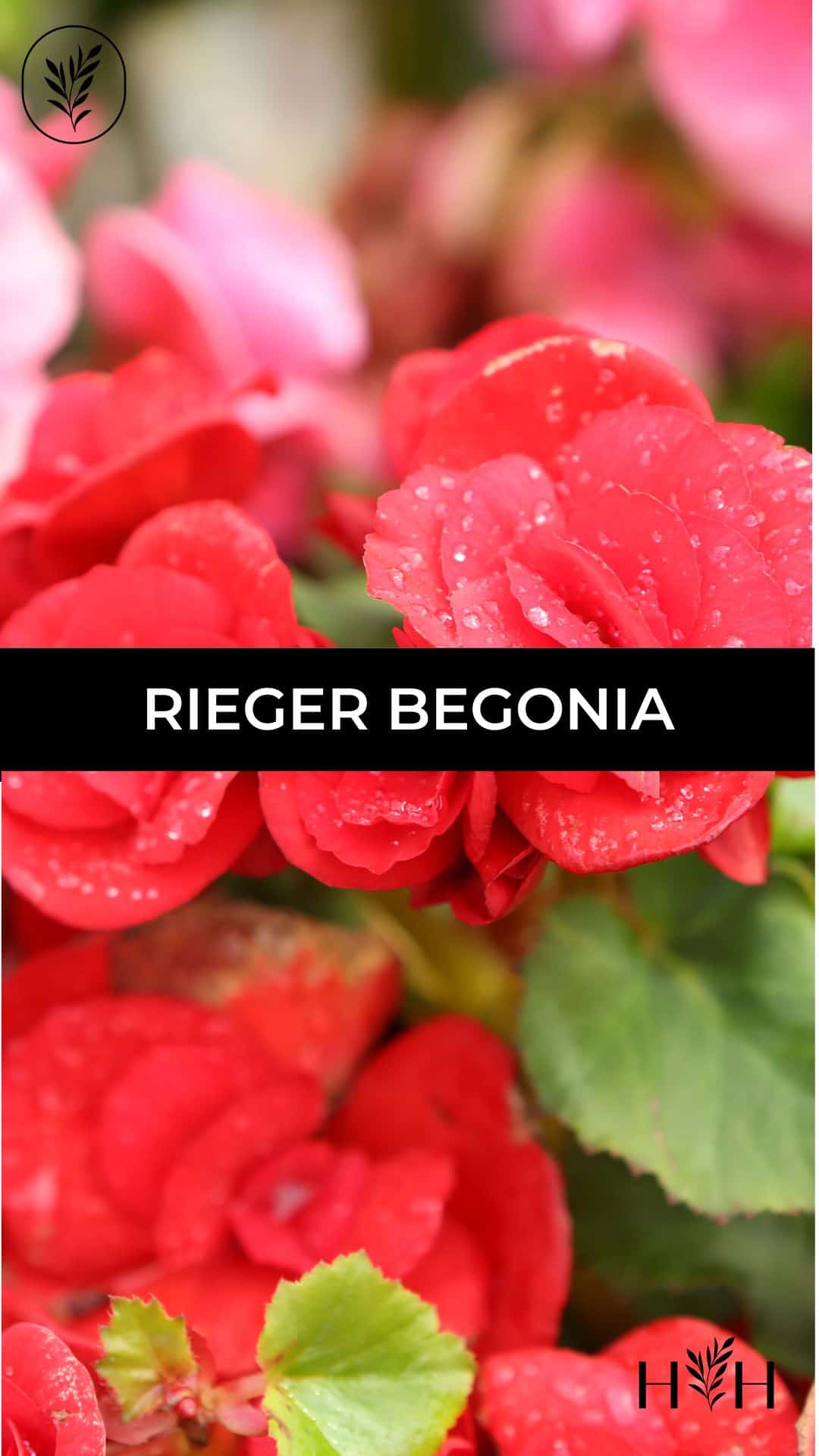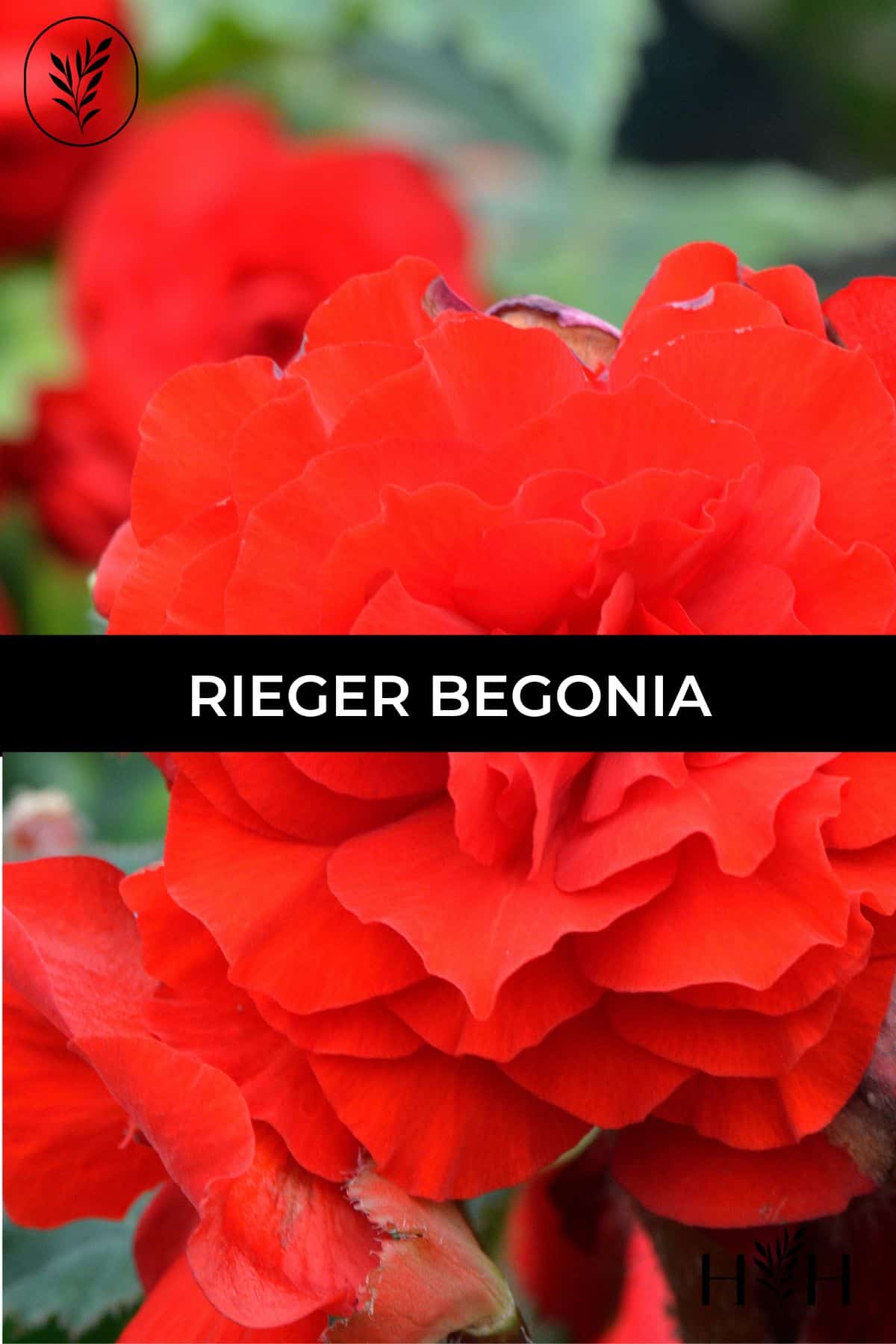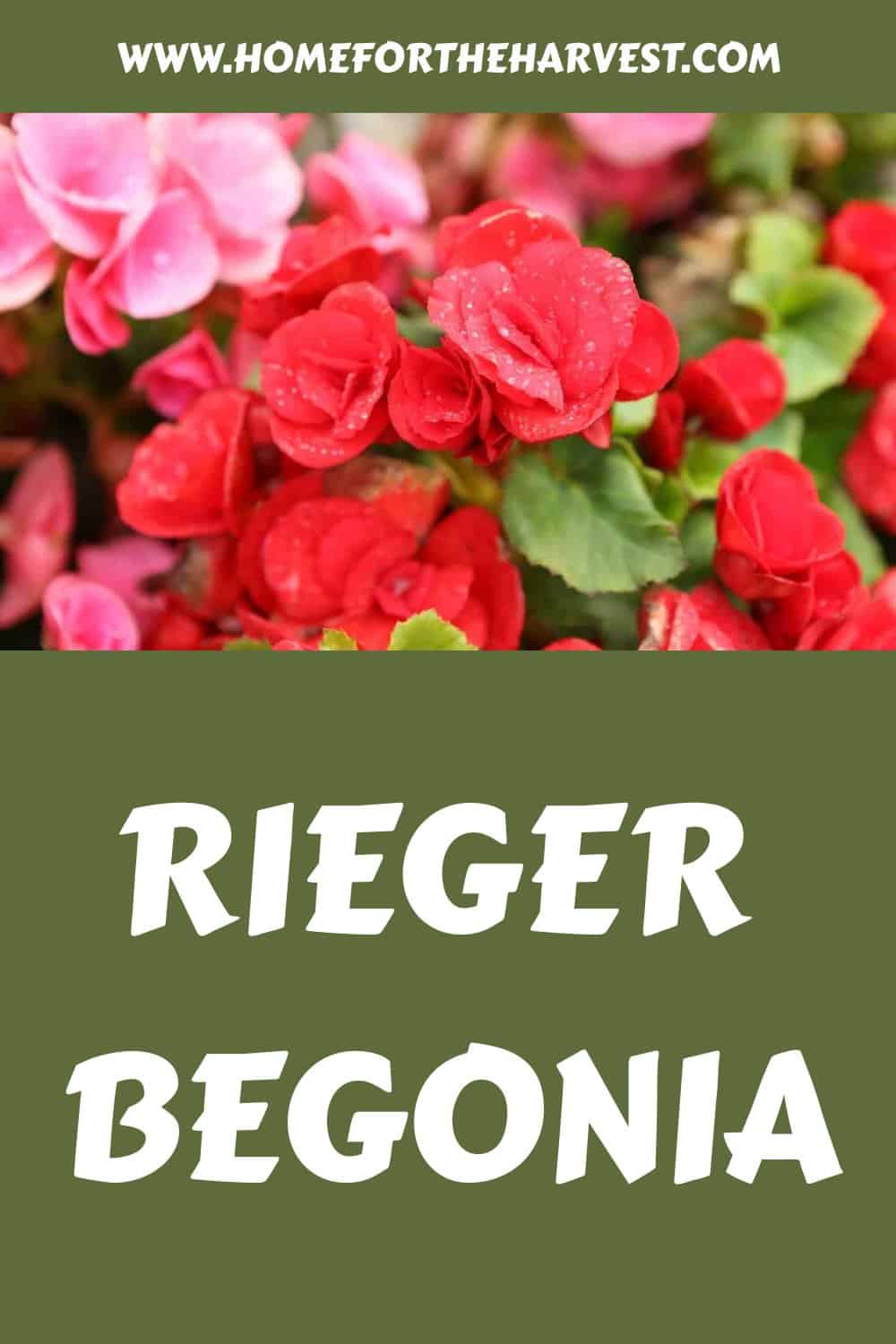Looking for a flowering plant to brighten things up? Try growing a Rieger begonia!
Rieger begonias (Begonia x hiemalis) are popular houseplants with gorgeous flowers available in pink, there are also red, cream, and white varieties. Rieger begonias are hybrid crosses of Fibrous Wax Begonias and Tuberous Flowering begonias. They thrive in indirect light and moist potting soil. They’re also very easy to grow!
So, if you have a Rieger begonia or want to purchase one, keep reading. This article will cover all the basics of Rieger begonia care, so your plant can thrive in your home!

Rieger begonia basics
Rieger Begonia (Begonia x hiemalis) is a hybrid between summer-flowering tuberous begonias and a rare winter-flowering fibrous-root species called Begonia socotrana. In addition, this hybrid plant is commonly called Hiemalis Begonia and Elatior Begonia.
Rieger Begonias grow to reach only 12″-18″ tall and wide in most containers. These fast-growing plants have beautiful creamy pink, yellow, red, or white flowers that bloom during the winter. Although most people buy Rieger Begonias as seasonal plants, you can keep them for many years with proper care.
Buying Rieger begonia plants
You can purchase Rieger Begonias at most garden centers and plant nurseries as well as online plant stores.
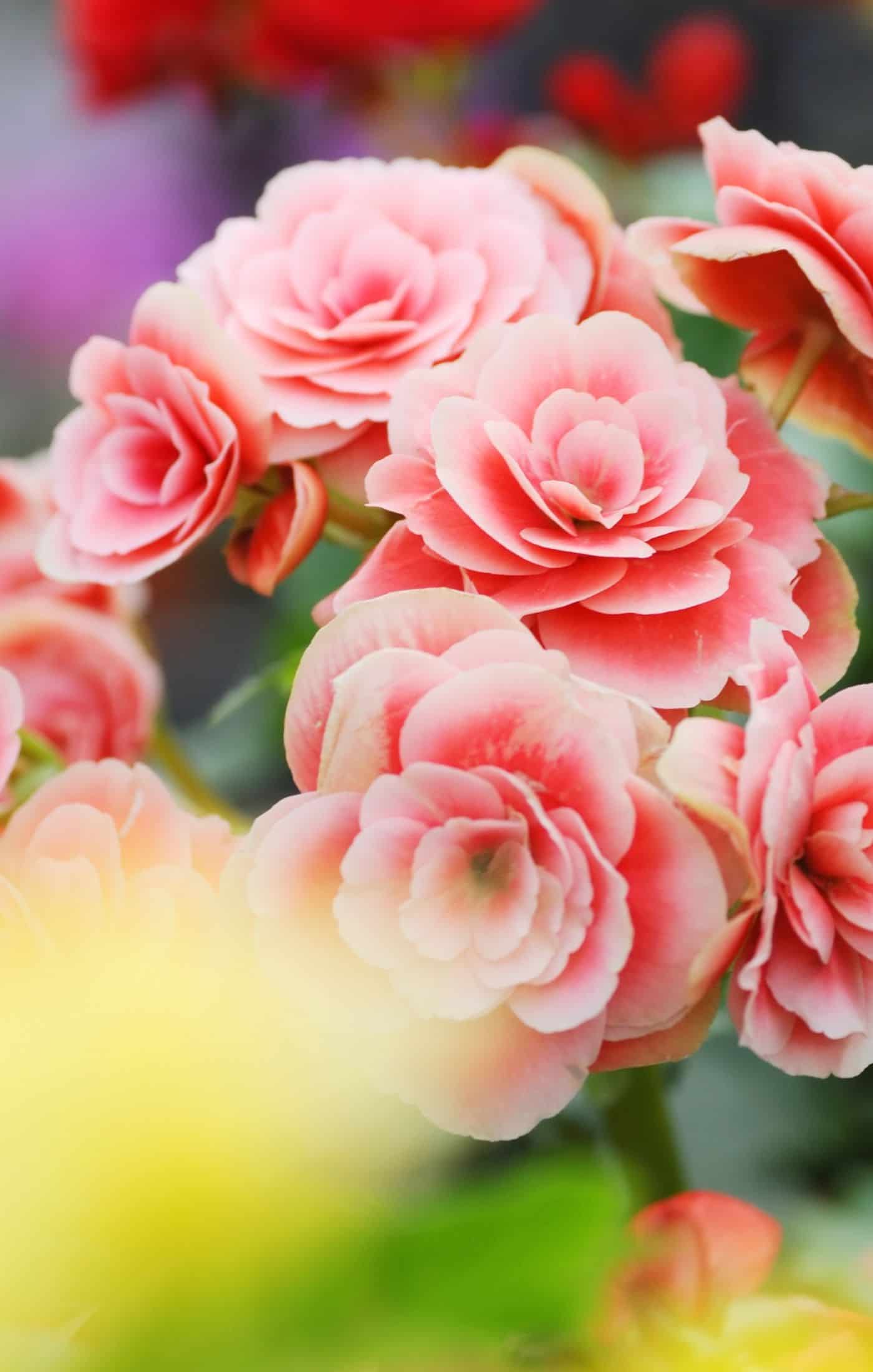
Rieger begonia plant care guide
Rieger Begonias are super easy to care for, making them great beginner plants. The basics include positioning the plants out of direct sunlight and keeping the soil moist while avoiding watering the foliage.
Watering Rieger begonia
Rieger Begonia thrives with moist, well-draining soil. In addition, soggy soil can lead to root rot and powdery mildew. So, it’s best to wait until the top layer of soil becomes dry before watering. You can check the soil’s moisture levels by sticking your finger in the soil. If it’s dry, go ahead and water your plant. If not, wait a few days and check again.
Overwatering can kill your plant, so it’s better to water less frequently than overwater your plant, especially in the winter. The sun isn’t as hot during the winter and doesn’t evaporate moisture as quickly. Therefore, try to cut back on watering during this time, so the soil doesn’t become soggy.
Light requirements for Rieger begonia
Rieger Begonias require bright, indirect, or filtered sunlight if planted indoors. If planted outdoors, these plants thrive with partial shade, so their leaves don’t burn. However, in the winter, you can place your plant in direct light if planted indoors to keep it healthy. Since the sunlight isn’t as powerful during the winter, your plant will be fine sitting in direct sunlight.
Fertilizer for Rieger begonia
You can fertilize your plant every two weeks when it’s most actively growing, which is from spring to fall. When fertilizing your plant, use a liquid fertilizer formulated for flowering potted plants. This ratio provides a high-phosphorus fertilizer that promotes blooming. However, you want to avoid overfertilizing your plant as this can cause fertilizer burn. In addition, only fertilize your plant during the growing season so it can rest during the winter.
Humidity & temperature for Rieger begonia
Rieger begonias thrive in high humidity. So, you can keep up the humidity levels by placing the pot on a pebble tray, using a humidifier, or misting the roots. Misting the roots works well for Rieger begonias. However, you want to avoid misting the leaves as this can cause fungal disease. In addition, you want to mist in the early to mid-morning and avoid misting in the late afternoon. Misting in the late afternoon when the sun is setting doesn’t allow the moisture to soak into the plant but rather sit on top of it, leading to powdery mildew and leaf spot.
Rieger Begonias require temperatures of 50-70 degrees Fahrenheit to thrive. In addition, make sure you place your plant in a room with little temperature change, such as drafts. These plants also thrive with good airflow, so it’s essential to provide adequate air circulation. You can run a fan to circulate the air as long as the fan isn’t blowing directly on your plant.
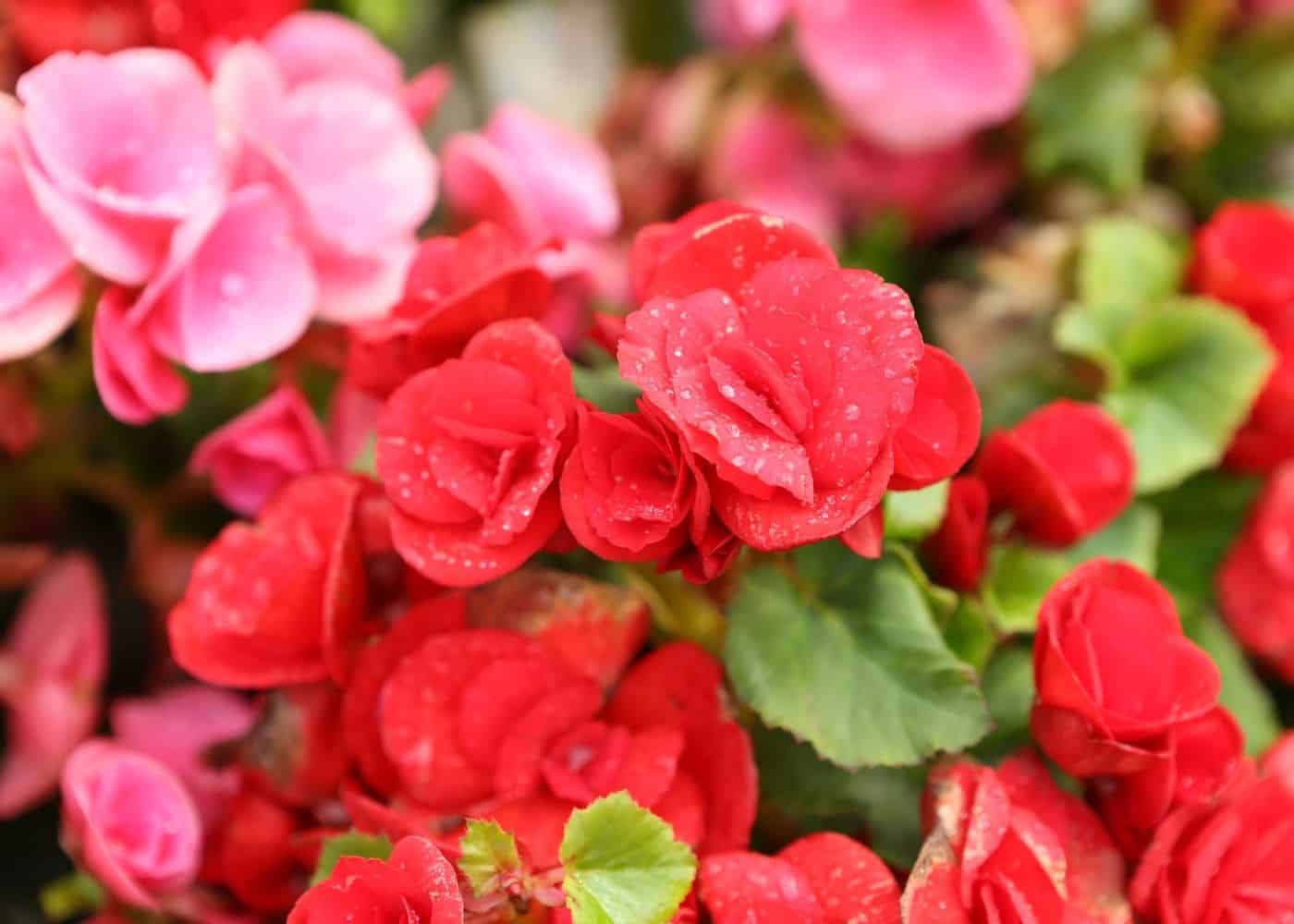
Repotting Rieger begonia
Since Rieger Begonias don’t live very long, you may not need to repot your plant. Rieger Begonias prefer to be a bit rootbound, so you only need to repot if you want to.
Potting soil for Rieger begonia
Rieger Begonias prefer well-draining, airy soil. Peat moss and perlite or sand is the perfect soil combination for these plants. Perlite and sand break up the soil and allow adequate drainage, whereas peat moss maintains moisture. Having a balance of moisture and drainage in your plant’s soil prevents the plant from developing root rot as well as drying out.
Planter pots for Rieger begonia
You can plant your Rieger Begonia in a hanging planter or a pot with adequate draining holes. For example, you can use plastic or terracotta pots for Rieger Begonias. Plastic pots retain more moisture, so you need to be careful when watering your plant. On the other hand, clay terracotta pots wick away moisture, keeping the soil more dry, which works well for Rieger Begonias.
Propagating Rieger begonia
Rieger Begonias are easy to propagate with stem cuttings. To propagate your plant:
- Use a sterile pair of scissors and cut off a 4-6 inch section from your plant’s stems. Make sure you make your cut right below the node, as this provides nutrients for the cutting to develop roots.
- Dip the cutting in rooting hormone and place it in a pot with a moist potting mix. Water thoroughly and place in bright, indirect light.
To properly propagate your Rieger Begonia, make sure you provide adequate humidity levels. For example, you can use a humidifier or place a plastic bag over the rooted cuttings to retain moisture. In addition, make sure the temperature is at least 70 degrees Fahrenheit for optimal results.
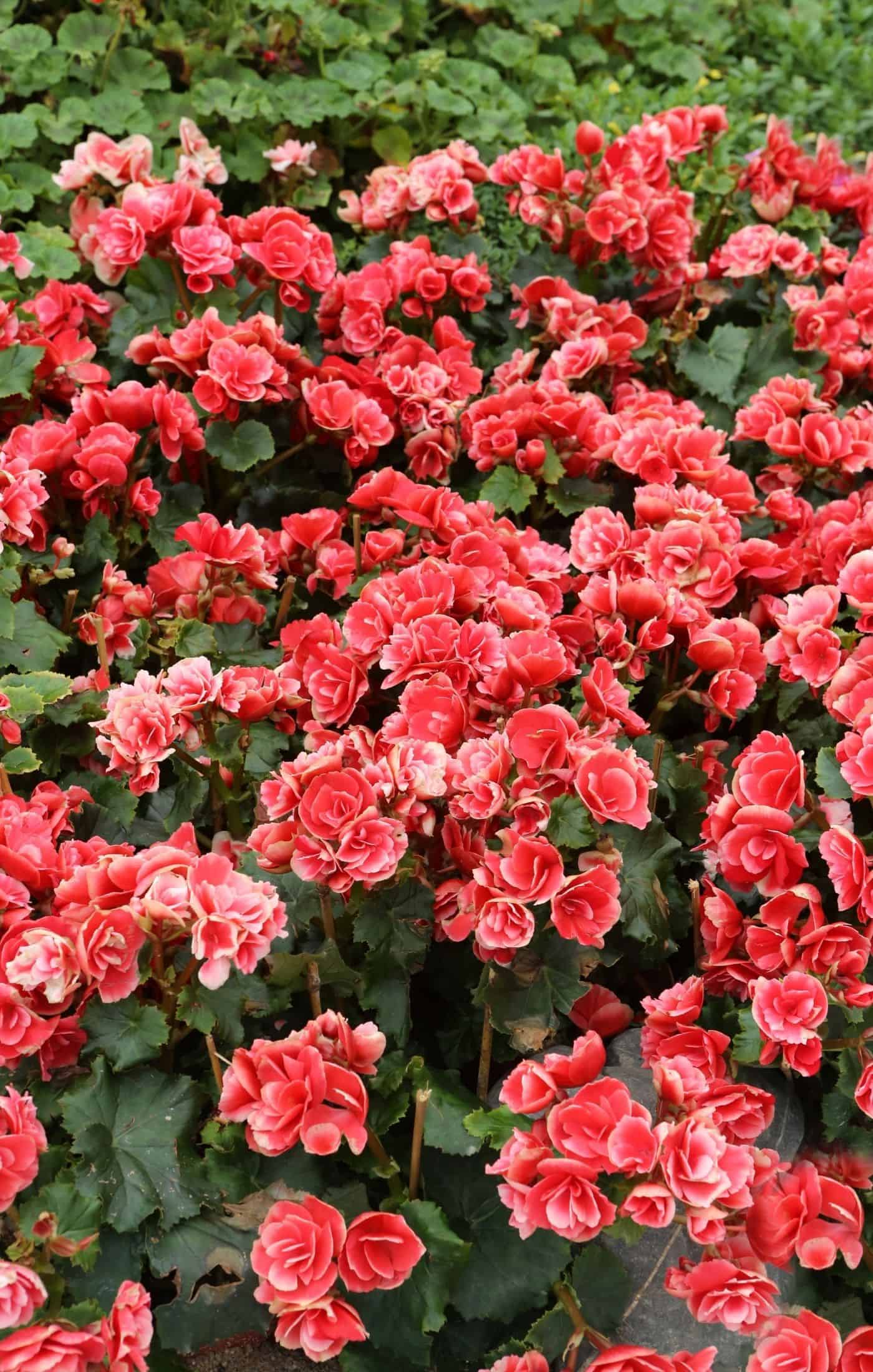
Common pests affecting Rieger begonia houseplants
The common pests affecting Rieger Begonias are spider mites, aphids, mealybugs, and scale. These pests attack the plant by sucking the sap from its leaves. You’ll know if you have an infestation when your plant’s leaves start to wilt. If you’re not sure whether these pests infested your plant, check the bottom of the leaves, as this is where these pests like to hide. In addition, the leaves will be slightly sticky due to the pests eating the sap from the leaves.
If you have an infection, quarantine your plant and remove any dead leaves. Then, spray the plant with a gentle insecticide or a diluted rubbing alcohol and water mixture. For pests like scale, you can spray rubbing alcohol on a paper towel and wipe the infected leaves.
Common diseases affecting Rieger begonia
Rieger Begonias are prone to root rot and mildew. Both of these diseases occur due to overwatering. So, if your plant’s leaves look yellow and wilted, remove them and water your plant only when the soil becomes dry.


